Two years ago we tried to help budget-conscious photographers by publishing a list of excellent but affordable rangefinder cameras. Today, as more and more people begin to understand the historical importance and to appreciate the functional brilliance of old cameras, prices for the most in-demand models continue to rise. The result of this rightful market correction is that some of the affordable cameras in that original article have now become unaffordable for new shooters.
To help the cash strapped photo geek of today, we’ve compiled a new list of five additional rangefinders that still offer an excellent shooting experience on a shoestring budget.
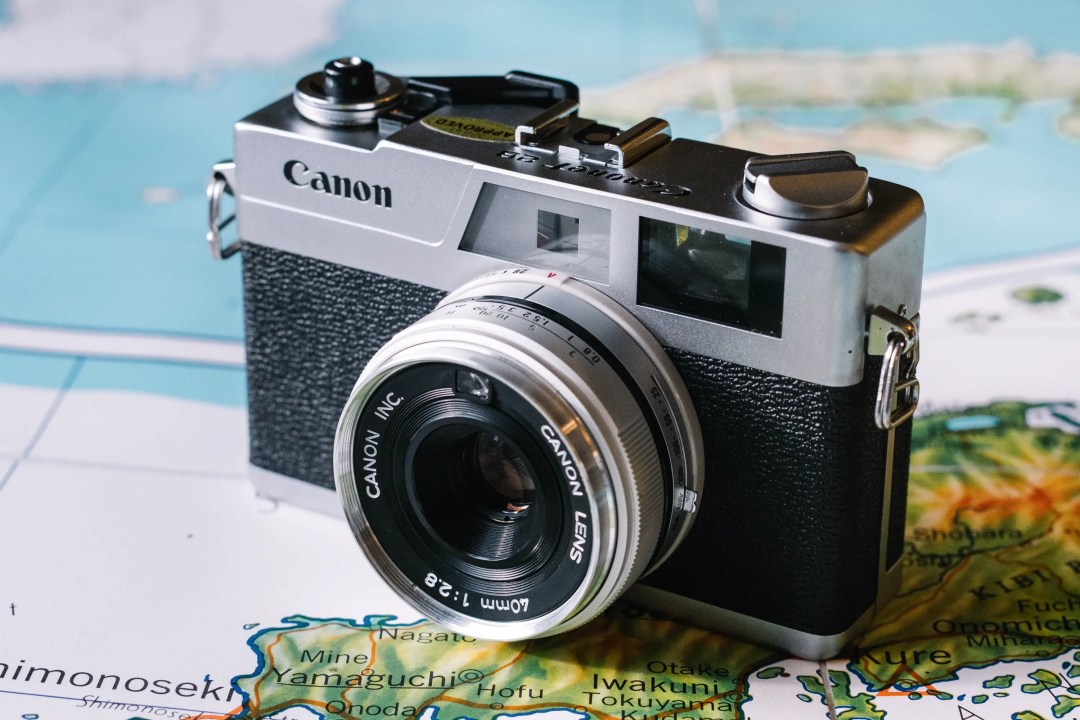
Canon Canonet 28
I’m not above admitting when I’m jealous. In this instance, it’s because so many of my fellow CP writers have gotten the chance to write about the Canonet GIII QL17, while I have not. I consider the QL17 one of a very select group of perfect cameras. It’s almost certainly the most interesting camera Canon has ever produced. The only flaw in this majestic machine is its use of now-illegal mercury batteries, which I assume helps keep its market value reasonable. But to avoid talking about it again, I’ll choose a different, and much more affordable rangefinder from Canon – the Canonet 28.
Within the Canonet family, the Canonet 28 is the pared down, budget-friendly little brother to the faster “quick loading” or QL models. Its 40mm lens was slower than the others with a maximum aperture of f/2.8 (compared to f/1.9 or f/1.7). It was also less complicated optically, with fewer elements, and used a Seiko LA rather than Copal SV shutter. But what it surrenders in prestige it gains in simplicity. Just choose the desired aperture (or the Automatic function) and shoot. As Drew noted in his review of the camera, the Canonet 28 produces well-exposed images with center sharpness and great contrast.
The Canonet 28 isn’t the same camera as the GIII QL17. It’s designed for a different shooter with a different budget. Despite that, it retains many of the most important characteristics of the Canonet line, notably solid construction, compactness and a good focusing system. Most important to this particular article, it’s the best and cheapest Canonent.
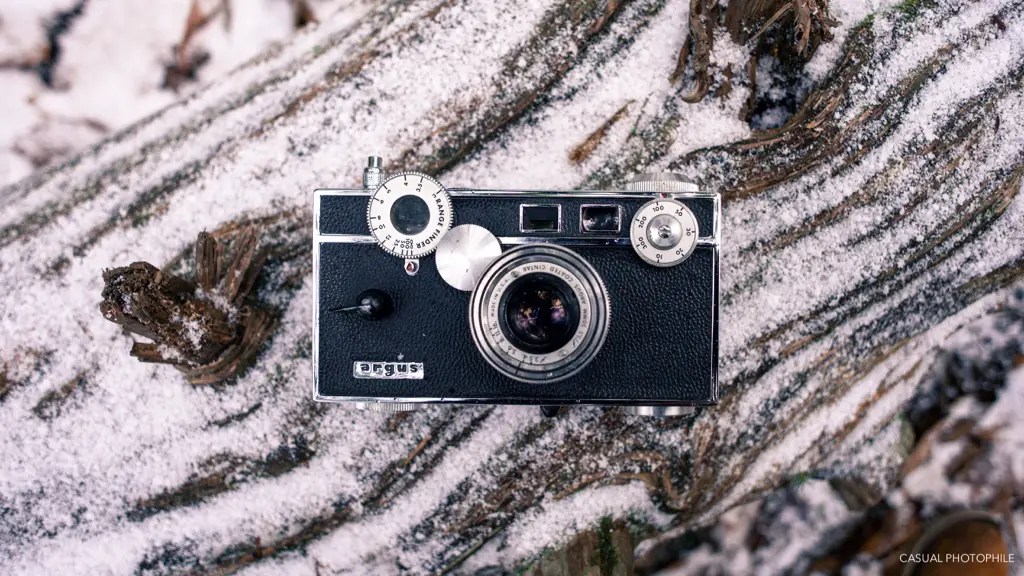
Argus C3
Seldom have the words “Made in America” graced a camera body. Beyond Polaroid’s famed SX-70 and the Graflex Speed Graphic, competitive, traditional camera companies just never took root in the United States. Even giant American manufacturers, like Kodak, contracted their camera production to firms in Germany and Japan.
But there are still opportunities for photographers (especially the historical-minded) to “buy American.” One such opportunity is the Argus C3, a rangefinder whose simplicity of design and operation led to it being given nicknames like “the lunchbox” and “the brick.”
And it’s a brick alright – a simple rectangle of metal and bakelite with a lens stuck on for good measure. The “brick” moniker specifically makes me wish it had been named the C4, because looking at it makes me think it could easily blast open a bank vault.
But as James said in his review of the C3, there’s more to the Argus than meets the eye. It was an achievement for the era in which it lived, sporting a coupled rangefinder and interchangeable lenses. Both of those features are taken for granted now, but in the 1930s and ‘40s, they were a marvel in such an affordable camera.
The C3 can’t be recommended as your daily shooter, or your only rangefinder. It’s a bit too slow and a bit too clunky, and finding one in perfect condition will be tough. But we do think it’s a camera that every film photographer should own. It’s a camera that forces its owner to examine the photographic world from a different perspective. While it is certainly capable of making wonderful images, their final wonder is partially due to the experience of making them.
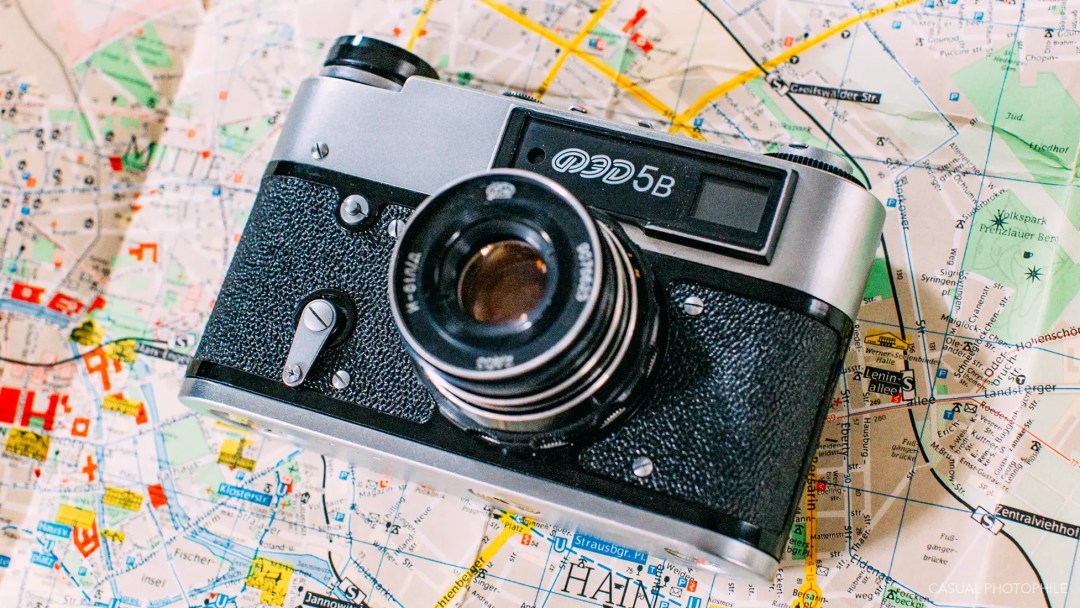
Fed 5b, Zorkis, and Other Soviet Rangefinders
Uncle Sam may not have produced many cameras, but Uncle Ivan sure did. Despite their spotty reputations for quality and reliability, cameras made in the former Soviet bloc offer photographers outstanding cost savings in almost every single camera category. This includes rangefinders, which factories such as FED in the Ukraine and KMZ in Russia turned out in abundance.
I didn’t choose a specific model of Soviet rangefinders, because you’re generally guaranteed a cheap price with whichever one you choose. If you’re someone who relishes walking uphill both ways, then I recommend the FED 5b, which I wrote about last year. FED started out making copies of better cameras from Leica, first turning the Leica II into the FED 1. Later models would move away from direct plagiarism and become better representations of the stresses of a planned economy. While an occasional copy will suffer from quality control issues, all Soviet rangefinders benefit from the interesting glass they carry. These bubble bokeh wonders produce great saturation and personality.
Zorki rangefinders are another option from the Land of Lenin. These were made in the same factory as the famous Zenit line of SLRs and Horizon panorama cameras. Zorkis are some of the most beautiful cameras made behind the Iron Curtain, especially domestic models using Cyrillic script.
A fair warning; the cost savings of a FED or Zorki camera are often offset by the shooting experience, which is frequently marked by frustration brought on by light leaks, an ornery film advance system and a painful focusing process. But if you’re willing to overlook those hazards, you’ll have a machine capable of producing great images for very little cost.
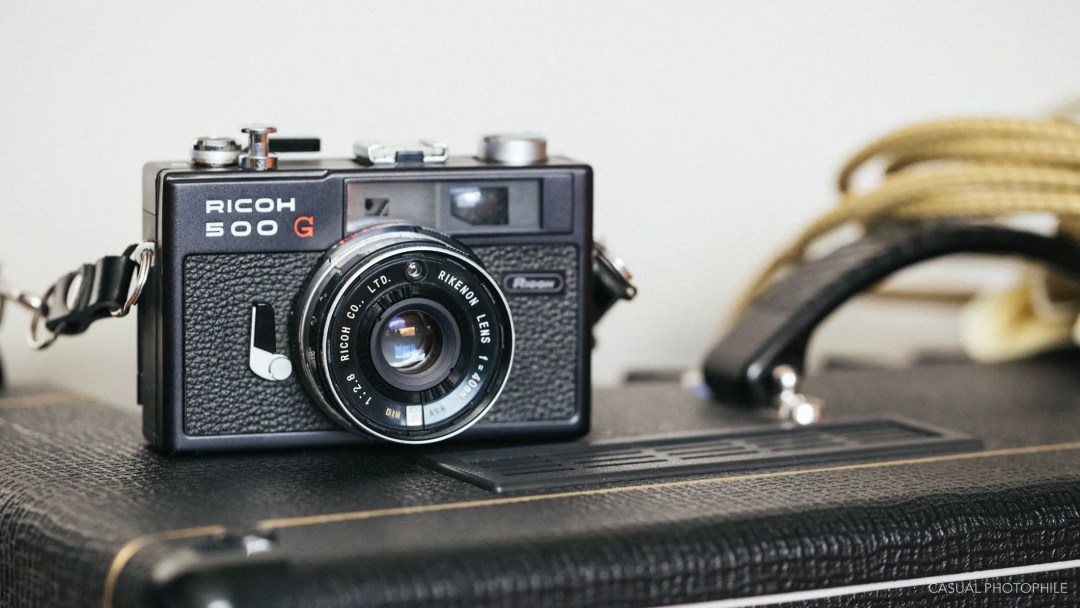
Ricoh 500G
On its surface there’s nothing outstanding about the Ricoh 500G. It’s plain, slow and there’s very little about it that makes it stand out above any other similar camera. But as Dustin said in his review, picking one up is like finding the “quaint alleyways and lesser-known pathways” of Rangefinder City.
The 500G offers semi-automatic and manual shooting modes. For beginners, this lowers the barrier of entry by making it a camera that gets off the ground quickly while offering learning opportunities down the road. Its 40mm f2.8 Rikenon lens isn’t the stuff of legends, but it’s indistinguishable from Canon’s 40mm lenses at f/8 and makes a great companion on family outings or as a street shooter.
From its average viewfinder, mixed ergonomics, passable focusing and obsolete battery, the 500G towers over few other cameras. But if you’re someone who places importance on affordability, the 500G will exceed your expectations with its sharp design, high usability and compact size.
It doesn’t pop up online as much as the other cameras on this list, but when it does it’s priced to sell. Find one from a reputable seller and make sure it’s tested and working (these cameras suffer some reliability issues), and either make sure the light seals are replaced or be prepared to replace them yourself (a simple and cheap operation). One last tip – the Ricoh 500G was also sold as the Sears 35 RF, which means that in 1978 you could have purchased it with a new set of radial tires and a pair of husky jeans.
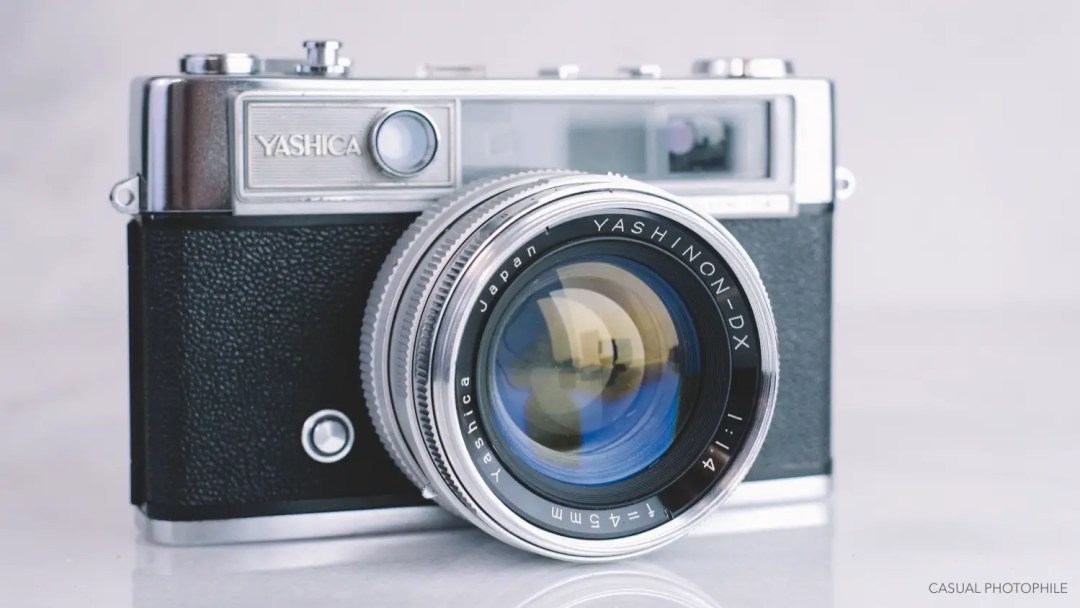
Yashica Lynx
It might be hard to remember now, but there was a time when the Yashica name wasn’t a groan-inducing joke. Before the days of their hugely-successful Kickstarter that introduced the abomination of the “digiFilm” camera to disappointed backers everywhere, Yashica was a lauded camera manufacturer responsible for a number of fantastic cameras and some amazing lenses.
The most famous Yashica rangefinder is the Electro 35 GSN, which Josh included in our original affordable rangefinder list from two years ago. That camera was famous for its excellent lens, ease of use, and for being an everyday carry of Spider Man. Yes, it’s still an affordable choice for budget-minded photographers, but we hate to repeat ourselves, so I’ll choose another – the Yashica Lynx 14.
It’s hard to find a bigger rangefinder south of medium format film anywhere. The Lynx 14 weighs in at 30 ounces, thanks to its dominating Yashinon 45mm f/1.4 lens – which makes it one of the fastest fixed-lens rangefinders ever made. It also has a Copal SVE leaf shutter with a range from 1 second to 1/500 of a second. Since the shutter is inside the lens, shutter sound is barely audible and there’s virtually no camera shake at even slow speeds, making this a good street camera.
While there are a number of variations in the Lynx line, the 14E is probably the best of the bunch. A purely mechanical camera with a coupled rangefinder, frame lines and parallax compensation, it also has a CdS metering system that will indicate over- or under-exposure.
You have to give to get, and the Lynx’s toll comes in the form of its tiny focus patch that can be hard to use in bright light and extremely difficult in poor lighting. It’s also, as mentioned, a pretty hefty machine. But the price is right. The Lynx sold for for $160 in 1968 and can be found for less than that today. You’ll be able to find it much cheaper if you’re willing to slug it out in antique stores and flea markets. I found mine there for $25.
Even though the film camera market has corrected after three decades of being depressed, there are still fantastic deals to be found. It’s still possible to buy a professional-level film camera that will last (literally) a lifetime for under $200, and that’s pretty amazing. Many of the rangefinders on this list can be found for under $50.
Lastly, we know that some of our dedicated readers are among the most knowledgeable photo geeks on the planet. If any of you have suggestions for cheap, reliable, and capable rangefinders, let the rest of us know in the comments.
We hope this helps. Happy hunting.
Find an affordable rangefinder film camera on eBay
Find an affordable rangefinder film camera on our own F Stop Cameras
Follow Casual Photophile on Facebook and Instagram
[Some of the links in this article will direct users to our affiliates at B&H Photo, Amazon, and eBay. By purchasing anything using these links, Casual Photophile may receive a small commission at no additional charge to you. This helps Casual Photophile produce the content we produce. Many thanks for your support.]
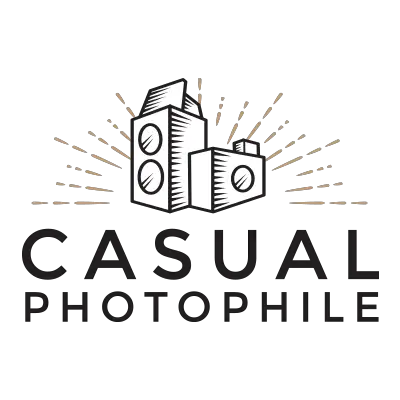
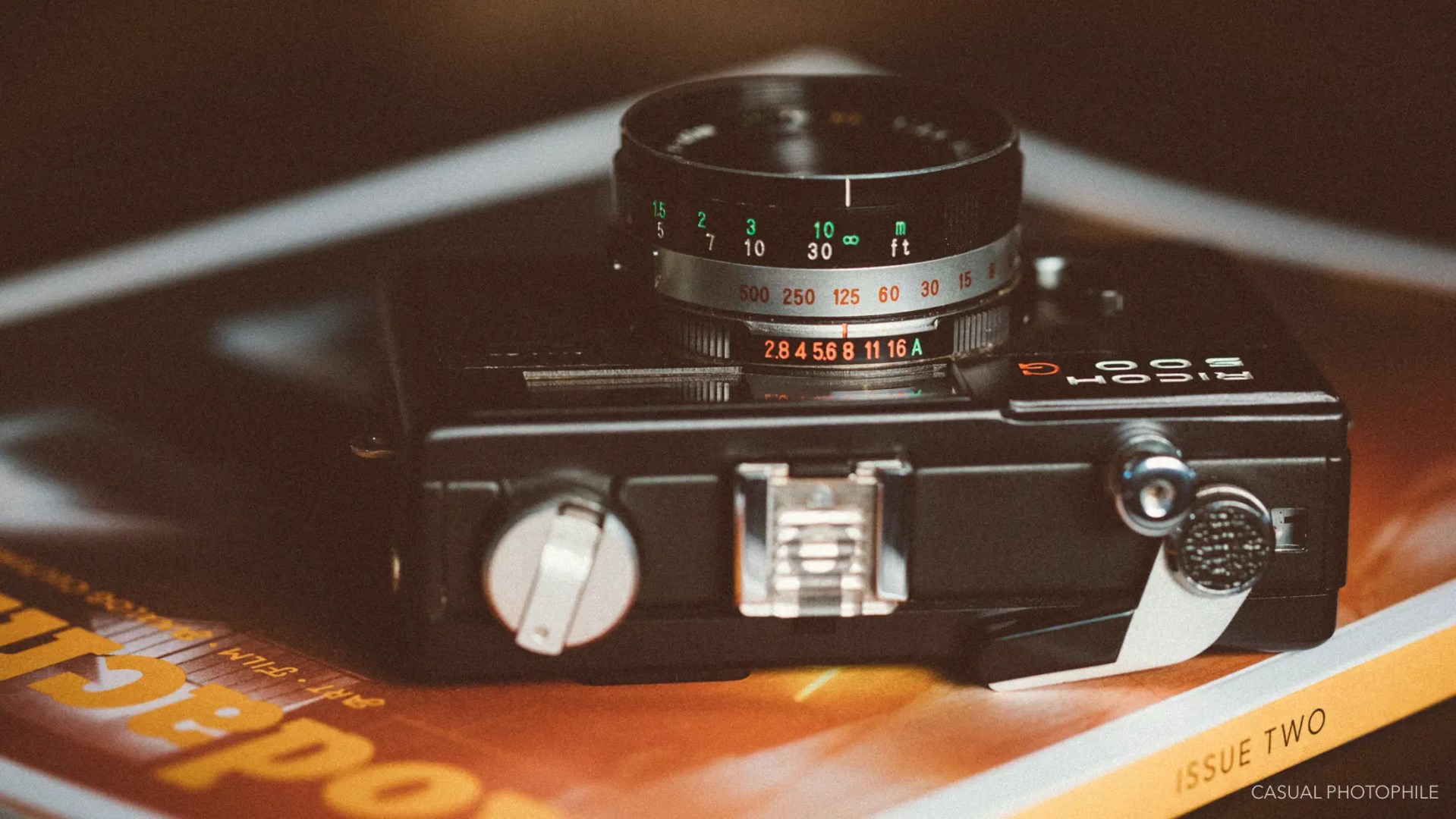

The Yashica would be my pick. The quality of the images from the Yashica 110W Zoom 35mm camera, which I bought for £8 from a charity shop to use in India last month, in places where I would not want to risk my Leica R9 or digital CL (during Holi festival where buckets full of coloured powder and water get thrown over everyone) has blown me away. I was not expecting much from a 20 year old P&S zoom lens but in reality, I cannot see much, if any, difference between the photos taken with the Yashica and those taken with my Leica 50mm Summicron-R. The Yashica lens was supposed to be an own branded version of the Zeiss lens used in the T-VS digital T camera, which Kyocera-Yashica also made. Judging by the sharpness of the images, I would not be at all surprised if this was the case. Great £8’s worth. After a bit of clean with a damp cloth, it has even survived Holi and is still working. I bet my R9 would not have been if I had used that.
Wilson